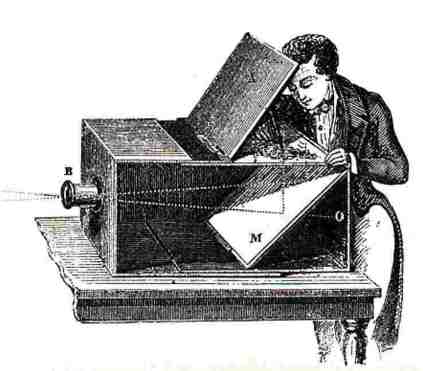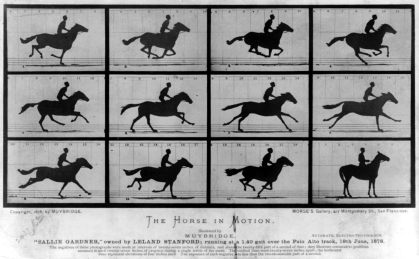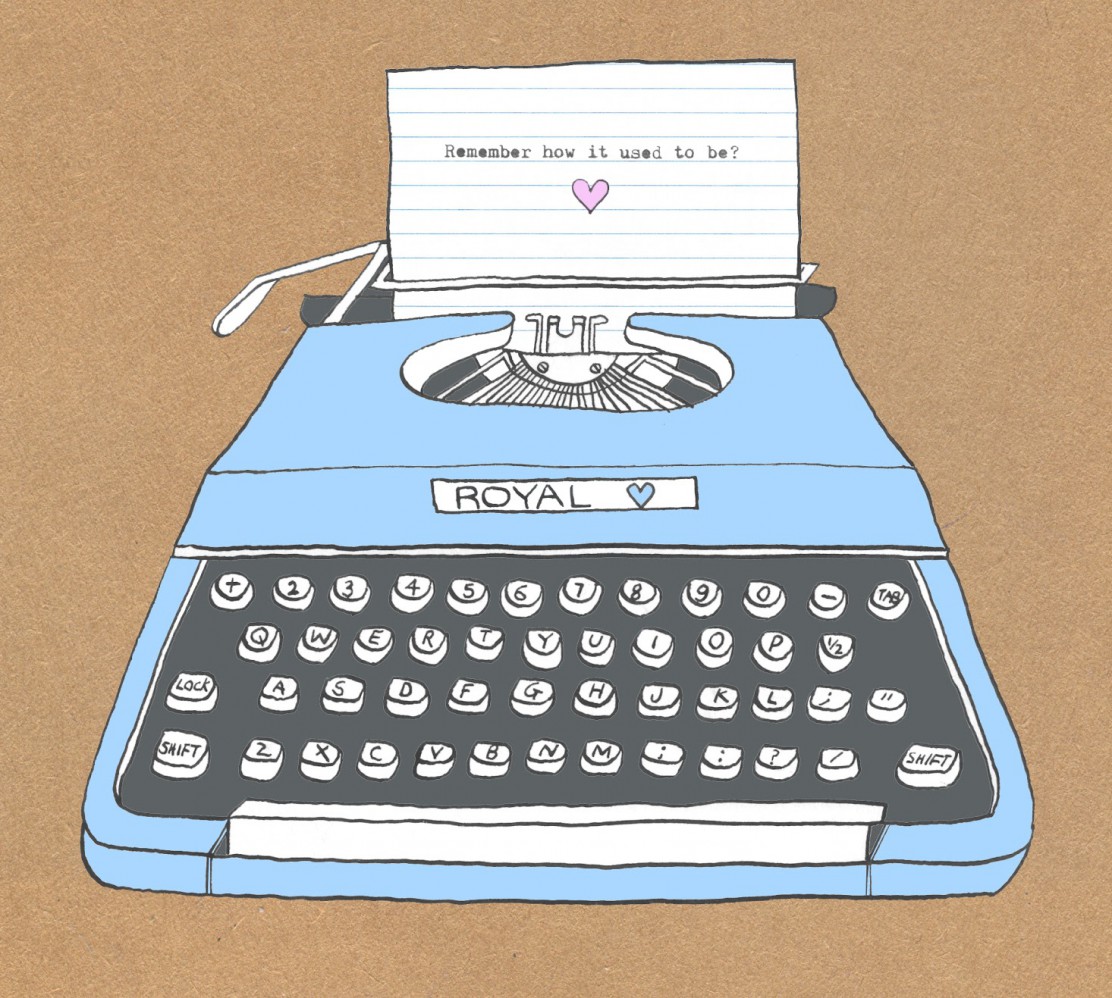 REA 01. PRECURSORS OF FILM.
REA 01. PRECURSORS OF FILM.
.
One of the first technological precursors of film is the pinhole camera, followed by the more advanced camera obscura, which was first described in detail by Alhazen in his Book of Optics (1021), and later perfected by Giambattista della Porta. Light is inverted through a small hole or lens from outside, and projected onto a surface or screen. Using camera obscura, it is possible to create a projected moving image, but, in the absence of recording technology, only in real-time.
In 1739 and 1748, David Hume published A Treatise of Human Nature and An Enquiry concerning Human Understanding, arguing for the associations and causes of ideas with visual images, in some sense forerunners to the language of film. Moving images were produced on revolving drums and disks in the 1830s with independent invention by Simon von Stampfer (Stroboscope) in Austria, Joseph Plateau (Phenakistoscope) in Belgium and William Horner (Zoetrope) in Britain.

Camera Obscura Box.
On June 19, 1872, under the sponsorship of Leland Stanford, Eadweard Muybridge successfully photographed a horse named “Sallie Gardner” in fast motion using a series of 24 stereoscopic cameras. The experiment took place on June 11 at the Palo Alto farm in California with the press present. The exercise was meant to determine whether a running horse ever had all four legs lifted off the ground at once. The cameras were arranged along a track parallel to the horse’s, and each camera shutter was controlled by a trip wire which was triggered by the horse’s hooves. They were 21 inches apart to cover the 20 feet taken by the horse stride, taking pictures at one thousandth of a second.

Eaduard Muybridge’s The Horse in Motion studio.
Étienne-Jules Marey invented a chronophotographic gun in 1882, which was capable of taking 12 consecutive frames a second, recording all the frames on the same picture. He used the chronophotographic gun for studying animals and human locomotion. The second experimental film, Roundhay Garden Scene, filmed by Louis Le Prince on October 14, 1888 in Roundhay, Leeds, West Yorkshire, England, UK is now known as the earliest surviving motion picture.
Continue reading →
 EXA 03 – FAMOUS FILM SCORES
EXA 03 – FAMOUS FILM SCORES














